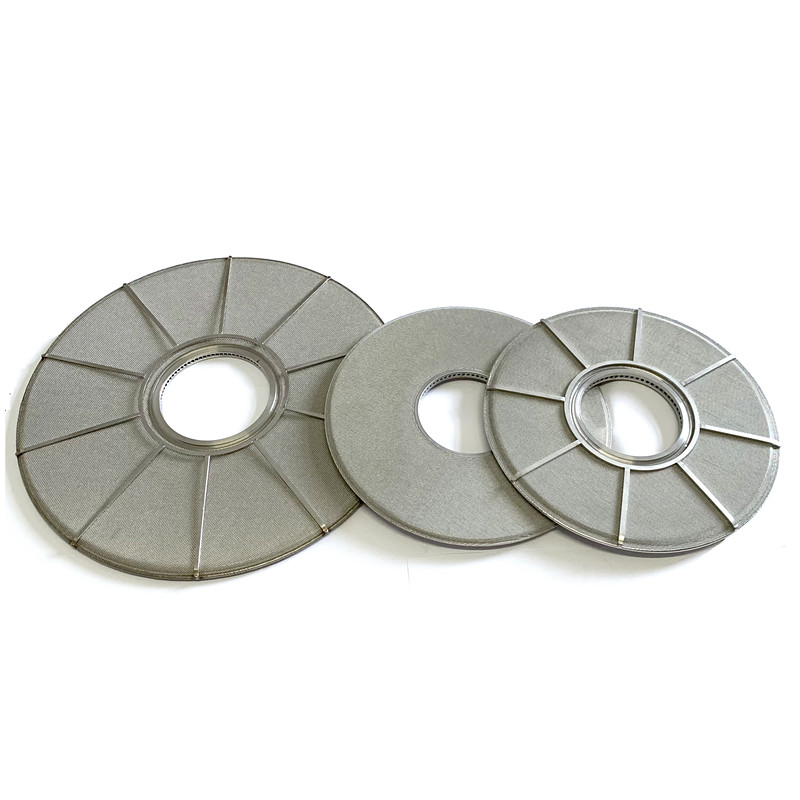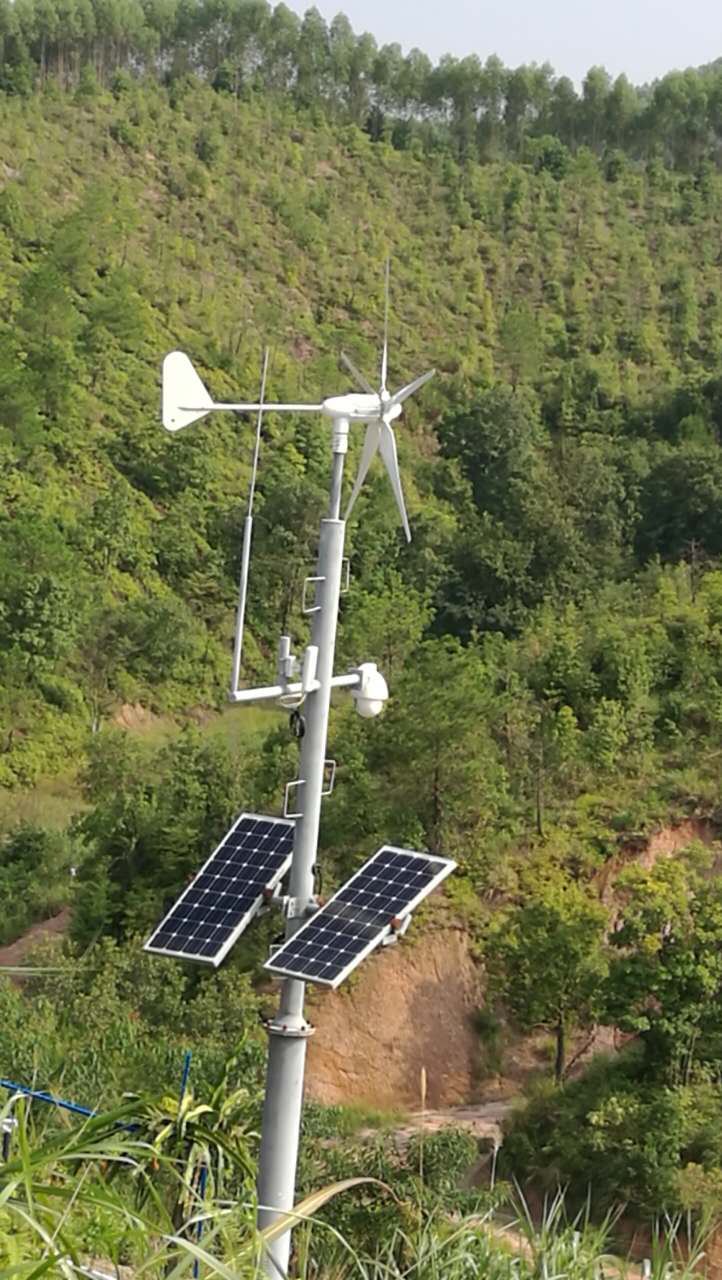Security monitoring is divided into cable monitoring and wireless monitoring. Both methods have their own advantages and disadvantages. In the process of construction, it is always inevitable that they will encounter various problems. Especially in the process of building cable monitoring, it is difficult to dig trenches, difficult to dig trenches, difficult to expand in the later period, and the problem of large maintenance, high maintenance costs, etc... Cable monitoring is simply unacceptable. At this time, the advantages of the wireless monitoring system are highlighted.
At this point, you only need to configure multiple wireless bridges as required to monitor in real time. Network coverage can also be achieved. The installation is simple and convenient, the networking is flexible, manpower is saved, time, and no wiring is required. Basically it can be said once and for all.
Ethernet twisted pair connections have a limit of up to 100 meters. The longer the line, the greater the signal loss. In some monitoring projects, if there are some small areas, it is still better to solve them. However, if the scope is widened, you will encounter various difficulties. In particular, the environment must not be destroyed. There are still some areas that are large. It is necessary to cross from this road to that road. It is very unrealistic to excavate roads. It is through various examination and approval that time is not consumed and it is not necessarily realized. Too far away, after pulling the line, it will affect the appearance, so wireless monitoring can easily solve these problems.
The use of wireless bridges frees the network from the shackles of cables, provides flexible networking features, and is easy to install. It does not require tedious work through walls or over-the-horizon wiring and saves network construction time. The communication range is not limited by environmental conditions. Outdoors can transmit tens of kilometers, and indoors can transmit several hundred meters.
A complete video surveillance system must include three parts: monitoring front-end, monitoring center, and transmission. The biggest advantage of the wireless monitoring system is that it eliminates the trouble of wiring and enables quick access from the front end to the back end. For the monitoring of forested areas such as mountain areas, monitoring along freeways, monitoring of unmanned areas, monitoring of border lines, etc., conventional wiring methods are difficult to implement and the cost is too high. Wireless monitoring systems are best used.
Polymer Leaf Disc Filter
Polymer leaf disc filter is also
called disc filter element, used for high viscosity melt
filtration. The disc filter design maximizes the effective
filtration area per cubic meter, realizing the efficient utilization of space
and miniaturization of filtration devices. The main material is
stainless steel sintering felt or multilayer stainless steel sintered wire mesh.
Features: filter element bear the pressure
equably, stable filtration performance, can be repeatedly cleaned, long service
.
Polymer leaf disc filter is
divided into two kinds, according to the material is divided into: stainless
steel sintering felt, stainless steel sintered wire mesh; According
to the structure: hard and soft. Among the above types, stainless
steel sintered mesh filter material has the greatest advantages of high
strength and impact resistance, and sintered felt has the advantages of long
service cycle and good air permeability.
Application
1,BOPP bidirectional stretch
polypropylene film
2,BOPA bidirectional stretch nylon
film
3,BOPET bidirectional stretch
polyester film
4, high viscosity melt filtration
5, chemical fiber liquid
filtration


